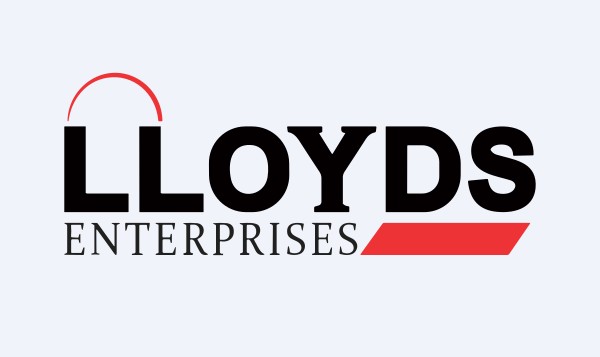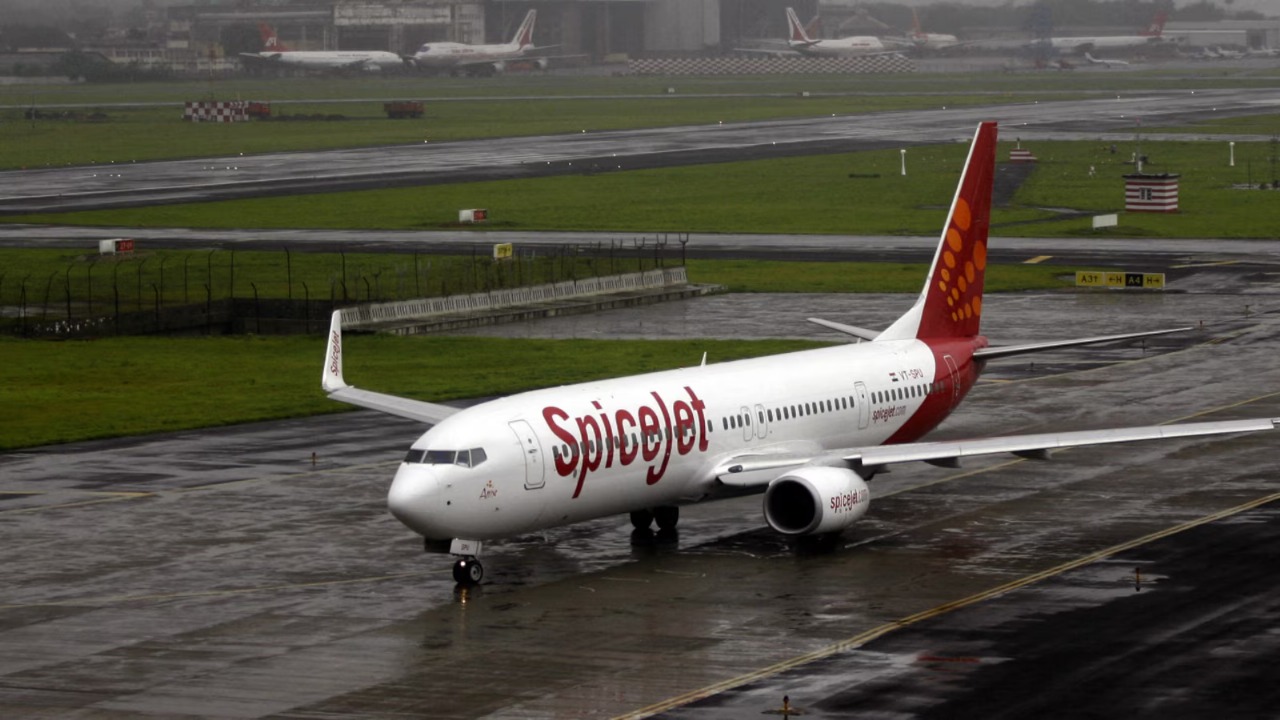India's quick commerce sector has experienced a meteoric rise, accounting for over two-thirds of all e-retail orders in 2024. This rapid growth is attributed to platforms like Blinkit, Zepto, and Swiggy Instamart, which deliver products ranging from groceries to electronics within minutes. The sector's market share has grown significantly, reaching a gross merchandise value (GMV) of $6-7 billion, up from $1.6 billion in 2022.
Quick commerce platforms also accounted for about one-tenth of overall e-retail spending in 2024. The industry is projected to continue growing at an annual rate of over 40% until 2030, driven by expansion into new categories, geographies, and consumer segments. While initially focused on groceries, these platforms now generate nearly 20% of their revenue from categories such as electronics, mobile phones, general merchandise, and apparel.
However, despite this rapid expansion, quick commerce companies face challenges in expanding profitability. They may struggle to penetrate markets beyond large cities and face stiff competition from established e-commerce players like Flipkart and Amazon. To sustain growth, companies must adapt their business models for smaller markets and optimize supply chains.
The sector currently employs over 400,000 people and serves more than 20 million annual online shoppers. As the Indian e-retail market continues to evolve, quick commerce is expected to play a pivotal role in shaping its future.
Sources: Economic Times, NewsX, Business Standard, Reuters.




